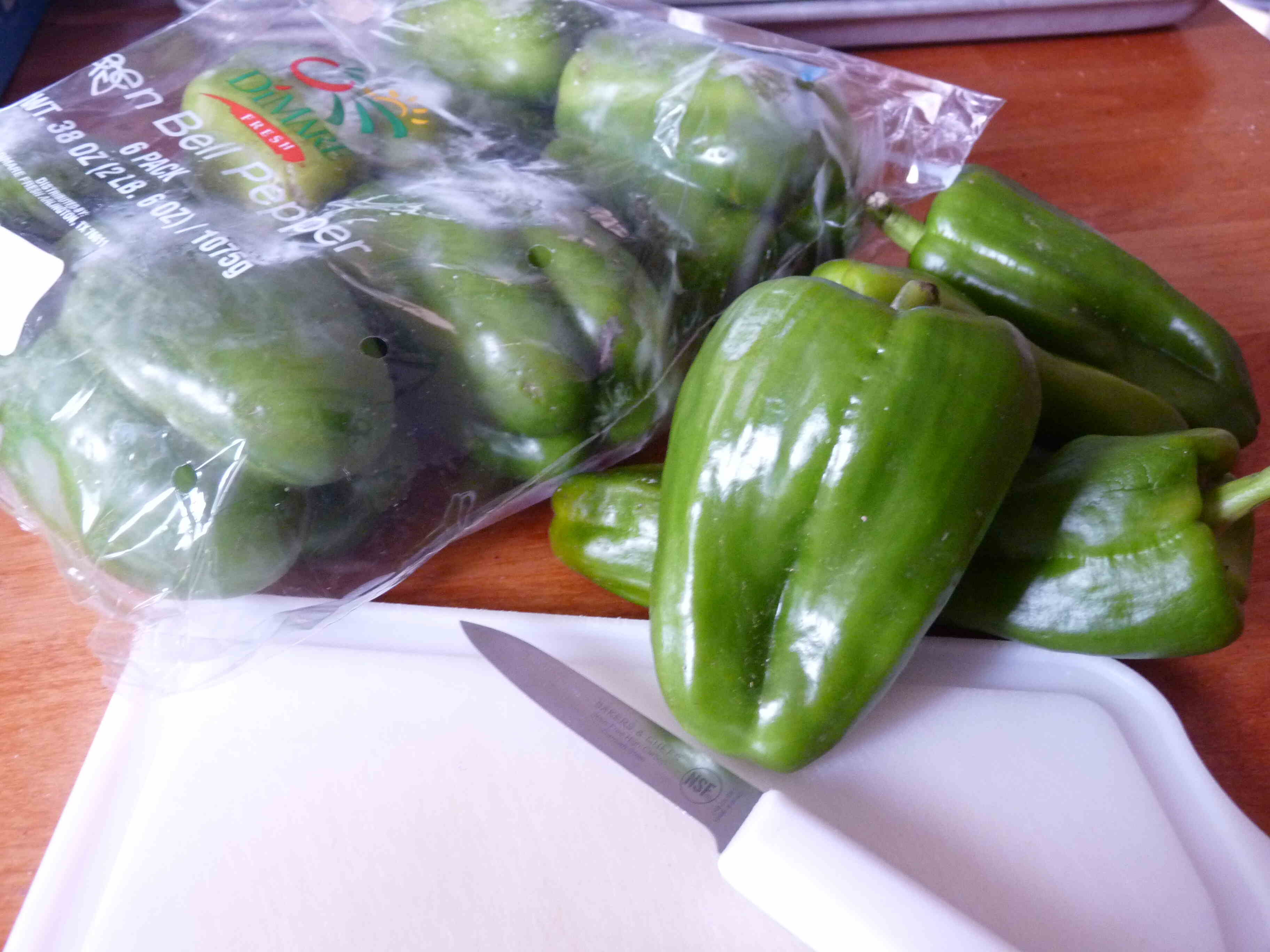

Articles
How To Store Green Pepper
Modified: February 23, 2024
Learn the best techniques and tips for storing green peppers in this informative article. Preserve the freshness and flavor of your peppers with these easy-to-follow storage methods.
(Many of the links in this article redirect to a specific reviewed product. Your purchase of these products through affiliate links helps to generate commission for Storables.com, at no extra cost. Learn more)
Introduction
Welcome to our comprehensive guide on how to store green peppers! Green peppers are a versatile and nutritious vegetable that can be enjoyed in a variety of dishes. Whether you have an abundance of fresh green peppers from your garden or you simply want to maximize their shelf life, proper storage is key to maintaining their quality and flavor for as long as possible.
In this article, we will explore various methods for storing green peppers, including refrigeration, freezing, drying, and pickling. We will also provide tips on reviving soft green peppers and storing cut peppers. By following these guidelines, you can minimize waste and ensure that you always have fresh green peppers on hand for your culinary endeavors.
So, let’s dive in and discover how to store green peppers effectively!
Key Takeaways:
- Store green peppers in the fridge wrapped in a damp paper towel and placed in a perforated plastic bag to maintain freshness for up to two weeks. Avoid storing near ethylene-producing fruits.
- Freeze green peppers after blanching to preserve their quality for up to 10-12 months. Use directly from frozen state in cooked dishes for convenience.
Read more: How To Store A Green Pepper
Choose Fresh Green Peppers
When it comes to storing green peppers, the first step is to ensure that you choose fresh and high-quality peppers. Here are some tips to help you select the best green peppers:
- Look for firm peppers: Avoid peppers that are soft or have wrinkled skin. A firm texture indicates that the pepper is fresh and will have a longer shelf life.
- Check for vibrant color: Green peppers should have a bright, uniform green color. Avoid peppers with discoloration or dark spots, as these may indicate spoilage.
- Inspect the skin: The skin of a fresh green pepper should be smooth and glossy. Avoid peppers with blemishes, cuts, or bruises.
- Consider the size: Green peppers come in various sizes, but it’s generally better to choose peppers that are medium to large in size. These peppers tend to be more mature and have a better flavor.
- Smell the pepper: Fresh green peppers should have a mild and slightly sweet fragrance. If you detect a strong or unpleasant odor, it may be a sign of spoilage.
By selecting fresh green peppers, you’re setting yourself up for successful storage and enjoyable culinary experiences. Remember to use your senses when choosing green peppers, as they can provide valuable clues about their freshness and quality.
Preparing Green Peppers for Storage
Before you store green peppers, it’s important to properly prepare them to prolong their shelf life. Follow these steps to prepare green peppers for storage:
- Wash the peppers: Start by washing the green peppers under cool running water to remove any dirt or debris. Gently rub the surface of the peppers with your hands to ensure they are thoroughly cleaned.
- Remove the stem and seeds: Next, use a sharp knife to carefully cut off the stem end of each pepper. Once the stem is removed, slice the pepper in half lengthwise. Use a spoon or your fingers to scrape out the seeds and membranes from the inside of the peppers.
- Cut or slice, if necessary: Depending on your storage preference, you can leave the peppers whole, cut them into halves or quarters, or slice them into smaller pieces. Consider how you plan to use the peppers in the future to determine the best size for storage.
- Pat dry: After prepping the peppers, gently pat them dry with a clean kitchen towel or paper towels. This will help remove any excess moisture that can lead to spoilage.
By following these simple steps, you will have properly prepared green peppers that are ready for storage. Remember to handle the peppers with care to avoid bruising or damaging them, as this can accelerate spoilage.
Storing Green Peppers in the Fridge
One of the easiest and most common ways to store green peppers is in the refrigerator. Follow these steps to store green peppers in the fridge and keep them fresh for a longer period:
- Wrap in a paper towel: Take a paper towel and dampen it slightly with water. Wrap each green pepper individually in the damp paper towel. This will help maintain the peppers’ moisture levels and prevent them from drying out.
- Place in a plastic bag: Once wrapped, place the green peppers in a perforated plastic bag or a zip-top bag with a few small holes punched in it. The holes will allow for proper air circulation, preventing moisture buildup and potential spoilage.
- Store in the crisper drawer: Keep the bagged green peppers in the crisper drawer of the refrigerator, which provides a slightly higher humidity level and helps to maintain freshness.
- Keep away from ethylene-producing fruits: Green peppers are sensitive to ethylene gas, which can accelerate their ripening and spoilage. Avoid storing them near ethylene-producing fruits such as apples, bananas, and tomatoes.
- Check periodically: Periodically check the green peppers stored in the fridge. Remove any peppers that show signs of spoilage, such as mold or excessive softening.
When stored properly in the fridge, green peppers can stay fresh for up to one to two weeks. However, it’s best to use them within the first week to ensure optimal flavor and texture.
By utilizing these simple storage steps, you can extend the shelf life of your green peppers and have them readily available whenever you need them for salads, stir-fries, or other recipes.
Freezing Green Peppers
If you have an abundance of green peppers and want to preserve them for longer-term storage, freezing is an excellent option. Follow these steps to freeze green peppers and maintain their quality:
- Preparation: Start by washing the green peppers and removing the stems, seeds, and membranes, just as you would for storing them in the fridge. Slice or chop the peppers into your desired size.
- Blanching: Blanching is a crucial step that helps preserve the color, texture, and flavor of the green peppers. Bring a large pot of water to a boil and fill a separate bowl with ice water. Submerge the pepper slices or pieces in the boiling water and cook for 1-2 minutes. Then, quickly transfer them to the ice water to cool and stop the cooking process. Drain well.
- Packaging: Place the blanched green pepper pieces into freezer-safe bags or airtight containers. Remove as much air as possible from the bags before sealing them. Alternatively, you can flash-freeze the pepper pieces by spreading them out in a single layer on a baking sheet and freezing them for a couple of hours. Once frozen, transfer the pieces to freezer bags or containers.
- Labeling and dating: Remember to label the bags or containers with the date of freezing. This will help you keep track of storage times and ensure you use the oldest peppers first.
Frozen green peppers can be stored in the freezer for up to 10-12 months. However, for the best quality, it’s recommended to use them within 6-8 months.
When you’re ready to use the frozen green peppers, there’s no need to thaw them. You can cook them directly from their frozen state. They work well in stir-fries, soups, stews, and other cooked dishes. However, note that the texture may become slightly softer after freezing.
Freezing green peppers is an excellent way to preserve their freshness and make them available for use throughout the year. It’s a convenient option for those who enjoy the taste of green peppers even when they are out of season.
Store green peppers in the crisper drawer of the refrigerator, unwashed and in a perforated plastic bag. They will stay fresh for up to 1-2 weeks. Avoid storing them near ethylene-producing fruits to prevent them from ripening too quickly.
Read more: How To Store Green Peppers
Drying Green Peppers
If you want to save your green peppers for an extended period without the need for refrigeration or freezing, drying is a fantastic option. Dried green peppers add a unique flavor and versatility to your dishes. Here’s how to dry green peppers:
- Preparation: Begin by washing the green peppers and removing the stems, seeds, and membranes. Slice the peppers into thin strips or small pieces for faster and more even drying.
- Choose a drying method: There are a few different methods you can use to dry green peppers:
- Air drying: This method requires a warm, well-ventilated area. Arrange the pepper slices or pieces in a single layer on a wire rack or baking sheet. Place them in a sunny spot, turning them occasionally until they are completely dry and brittle.
- Oven drying: If you don’t have access to ample sunshine, you can use your oven to dry the green peppers. Preheat the oven to its lowest setting (around 150°F or 65°C). Place the pepper slices or pieces on a baking sheet lined with parchment paper. Prop the oven door open slightly to allow moisture to escape. Check the peppers regularly and remove them when they are thoroughly dried.
- Drying time: The drying time will vary depending on the thickness of the pepper slices or pieces and the drying method used. It can take anywhere from several hours to a couple of days. Ensure the peppers are completely dry and brittle before proceeding.
- Storage: Once the green peppers are dried, allow them to cool completely. Store them in an airtight container, such as a glass jar or a zipper-lock bag. Place the container in a cool, dry, and dark place, away from direct sunlight.
Dried green peppers can be stored for six months to a year. They can be used as a seasoning in various dishes, added to soups, stews, sauces, or ground into a fine powder to sprinkle on salads or pasta dishes. Their concentrated flavor adds a delightful kick to any recipe.
Drying green peppers not only extends their shelf life but also intensifies their flavor, creating a convenient and versatile pantry staple.
Pickling Green Peppers
If you’re looking for a tangy and flavorful way to preserve your green peppers, pickling is a fantastic option. Pickled green peppers can be enjoyed as a condiment, added to salads, sandwiches, and more. Here’s how to pickle green peppers:
- Preparation: Start by washing the green peppers and cutting them into your desired shape. You can slice them into rings, cut them into strips, or leave them whole if they are small in size. Remove the stems, seeds, and membranes.
- Brine solution: Prepare the brine by combining equal parts water and vinegar in a saucepan. Add salt, sugar, and any desired spices or herbs such as garlic, dill, or peppercorns. Bring the mixture to a boil, stirring until the salt and sugar have dissolved.
- Processing the peppers: Pack the prepared green pepper pieces into clean, sterilized jars. Pour the hot brine over the peppers, ensuring they are completely submerged. Use a clean utensil, such as a spoon or chopstick, to remove any air bubbles and ensure the peppers are packed tightly.
- Sealing and storing: Place sterilized lids on the jars and tighten them securely. Allow the jars to cool at room temperature before transferring them to the refrigerator. The pickled green peppers will need some time to develop their flavors, so it’s best to wait at least a week before enjoying them.
Pickled green peppers can be stored in the refrigerator for several months. The longer they sit, the more the flavors will develop and enhance. They make a delicious addition to sandwiches, burgers, salads, and even charcuterie boards.
The pickling process not only prolongs the shelf life of green peppers but also infuses them with a delightful tangy taste. Experiment with different spices and herbs to create your own unique flavor combination.
Storing Cut Green Peppers
If you have leftover cut green peppers that you want to store for future use, follow these guidelines to ensure their freshness and quality:
- Wrap tightly: Place the cut green pepper pieces in airtight containers or wrap them tightly in plastic wrap. This will help prevent moisture loss and exposure to air, which can cause the peppers to spoil.
- Refrigerate promptly: Once the green peppers are wrapped or stored in containers, place them in the refrigerator as soon as possible. The cool temperature will slow down the degradation process and keep the peppers fresh.
- Use within a few days: Cut green peppers, even when stored properly, are best used within a few days for optimal flavor and texture. The longer they are stored, the more likely they are to soften or develop off-flavors.
- Inspect before using: Before incorporating the cut green peppers into your dishes, give them a quick visual inspection. Discard any pieces that show signs of spoilage, such as mold or sliminess.
It’s important to note that cut green peppers are more susceptible to spoilage compared to whole peppers, as their exposed surfaces are more prone to moisture loss and bacterial growth. To minimize waste, it’s best to cut and store only what you plan to use within a short period.
If you find yourself regularly having leftover cut green peppers, you may consider adjusting your meal planning or portioning to avoid excess waste. Utilizing the cut peppers in various recipes, such as stir-fries, salads, or omelets, can also help ensure they are used before they spoil.
By following these steps, you can prolong the shelf life of cut green peppers and reduce food waste in your kitchen.
Reviving Soft Green Peppers
If you have green peppers that have become soft and wilted, don’t worry! There are a few methods you can try to revive them and bring back their crispness and freshness:
- Soak in ice water: Start by submerging the soft green peppers in a bowl filled with ice water. Let them soak for about 30 minutes to an hour. The cold water helps to rehydrate the peppers and restore their crisp texture.
- Refreshing in the fridge: After soaking, transfer the green peppers to the refrigerator and place them in the crisper drawer. The cool temperature will help to further firm up the peppers. Leave them in the fridge for a few hours or overnight.
- Blanch and shock: Another method to revive soft green peppers is by blanching and shocking them. Bring a pot of water to a boil and prepare a separate bowl of ice water. Submerge the soft peppers in the boiling water for about 1-2 minutes. Then, quickly transfer them to the ice water to cool. Drain and pat dry before using or storing.
- Use them in cooked dishes: If the green peppers are still edible but simply soft, you can use them in cooked dishes. Cooking the peppers will help to soften them further and incorporate their flavors into the dish. They work well in stir-fries, soups, stews, and sauces.
Keep in mind that while these methods can help revive soft green peppers to some extent, they may not fully restore the crispness and texture of fresh peppers. It’s always best to use firm and fresh green peppers whenever possible.
To avoid ending up with soft peppers in the first place, be mindful of proper storage techniques, such as refrigerating them in airtight containers and using them within a reasonable time frame. This will help prolong their freshness and minimize the chances of them becoming soft and wilted.
By giving these methods a try, you can potentially salvage soft green peppers and enjoy their crunch and flavor once again.
Read more: How To Store Green Peppers In The Fridge
Conclusion
Properly storing green peppers is essential to maximize their freshness and flavor, whether you have an abundance from your garden or simply want to prolong their shelf life. By following the guidelines presented in this comprehensive guide, you can ensure that your green peppers remain delicious and ready to use in various culinary creations.
From choosing fresh green peppers to preparing them for storage, you now have the knowledge to handle your peppers with care. Whether you opt to store them in the fridge, freeze them, dry them, or pickle them, each method offers its own benefits and unique taste profiles. Additionally, knowing how to store cut green peppers and revive soft peppers gives you the tools to minimize waste and make the most of your produce.
Remember to consider your storage needs, available resources, and intended use before selecting a storage method for your green peppers. And always pay attention to visual signs of spoilage or unusual odors when determining their quality.
By implementing these storage techniques, you can enjoy fresh green peppers for an extended period, even beyond their peak season. Whether you’re adding a flavorful crunch to a salad, enhancing the taste of a stir-fry, or incorporating them into a pickled delight, properly stored green peppers will elevate your dishes and enhance your culinary experiences.
So go ahead and put your newfound knowledge into practice. Enjoy the versatility and vibrancy of green peppers while savoring the satisfaction of properly storing and preserving them for all your future culinary adventures.
Frequently Asked Questions about How To Store Green Pepper
Was this page helpful?
At Storables.com, we guarantee accurate and reliable information. Our content, validated by Expert Board Contributors, is crafted following stringent Editorial Policies. We're committed to providing you with well-researched, expert-backed insights for all your informational needs.
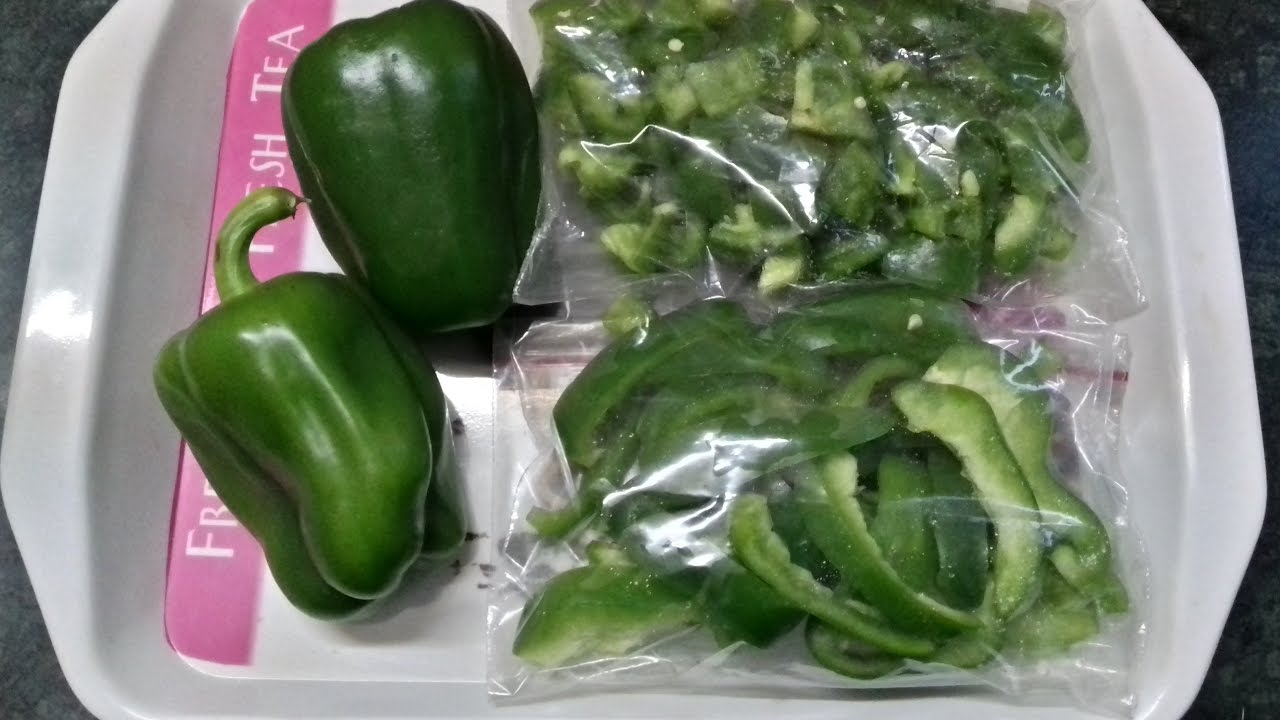
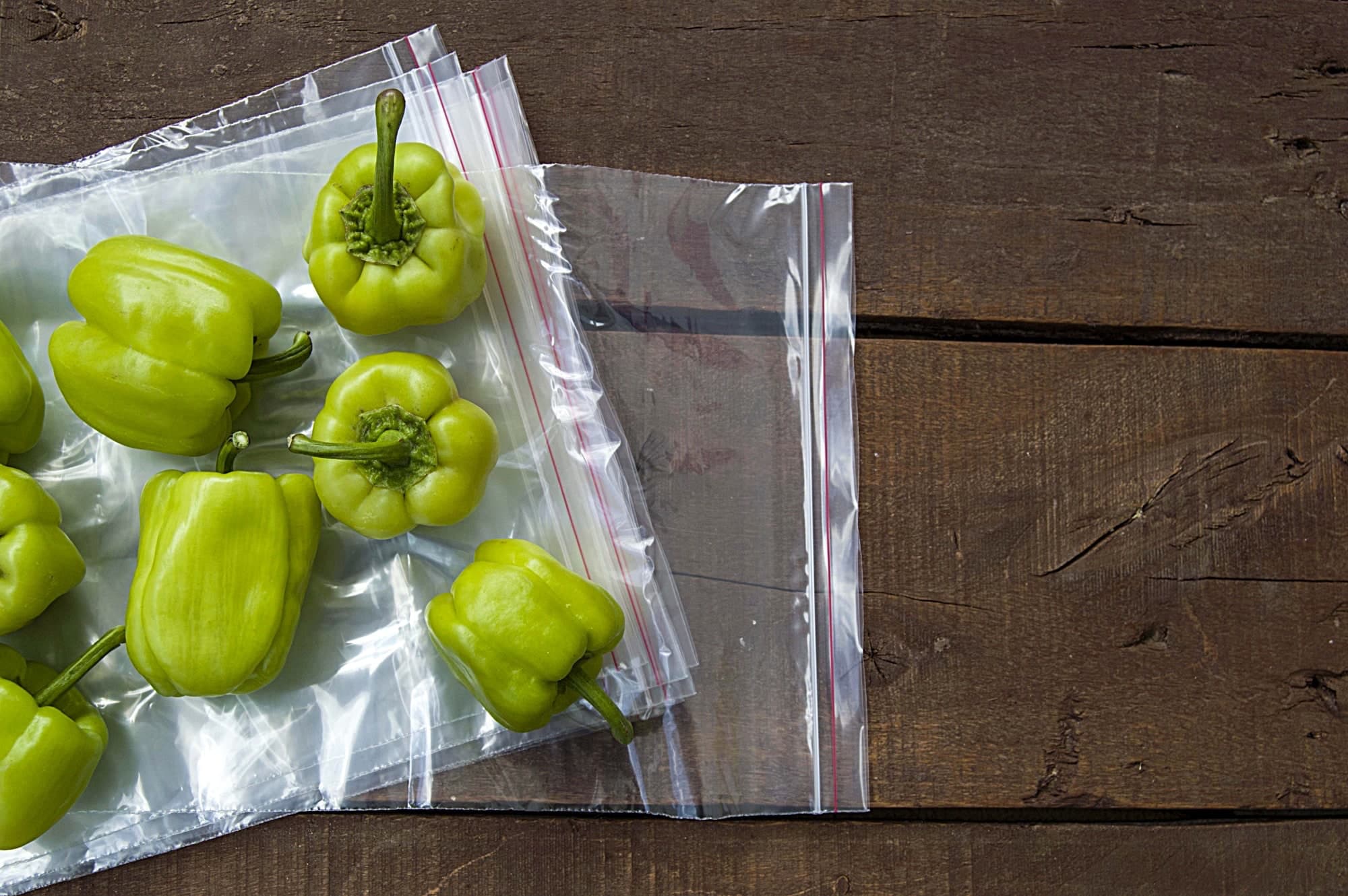
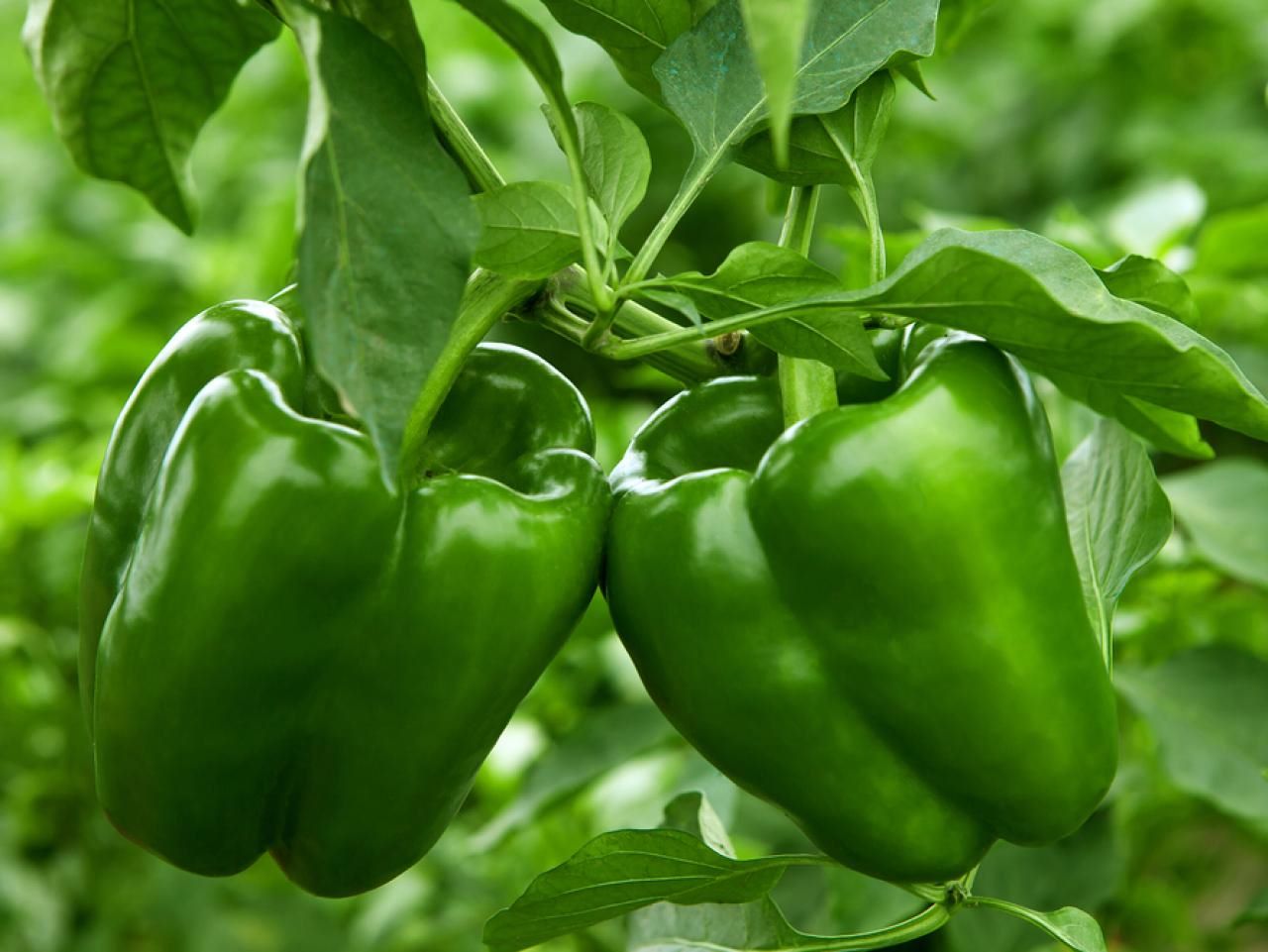
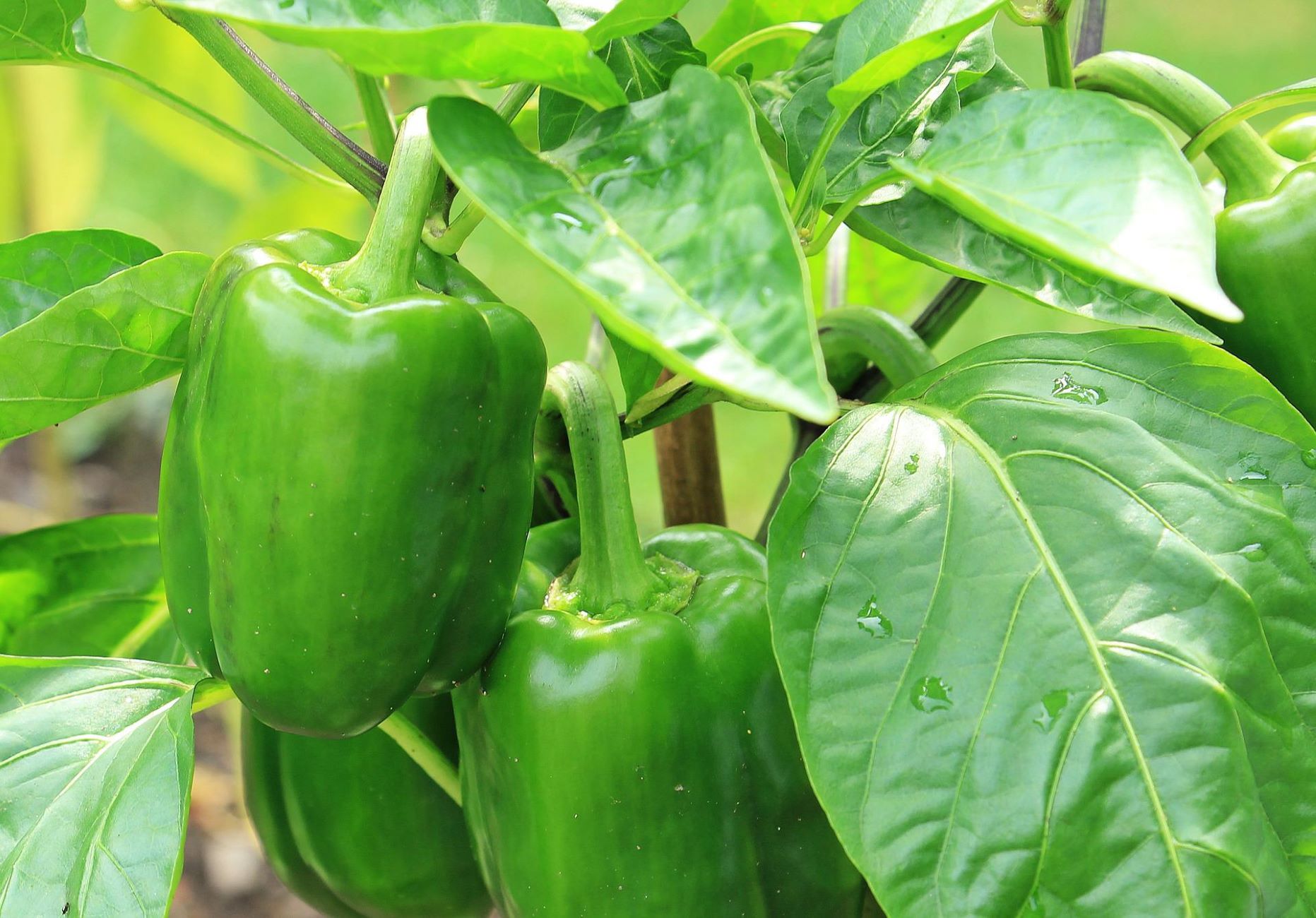
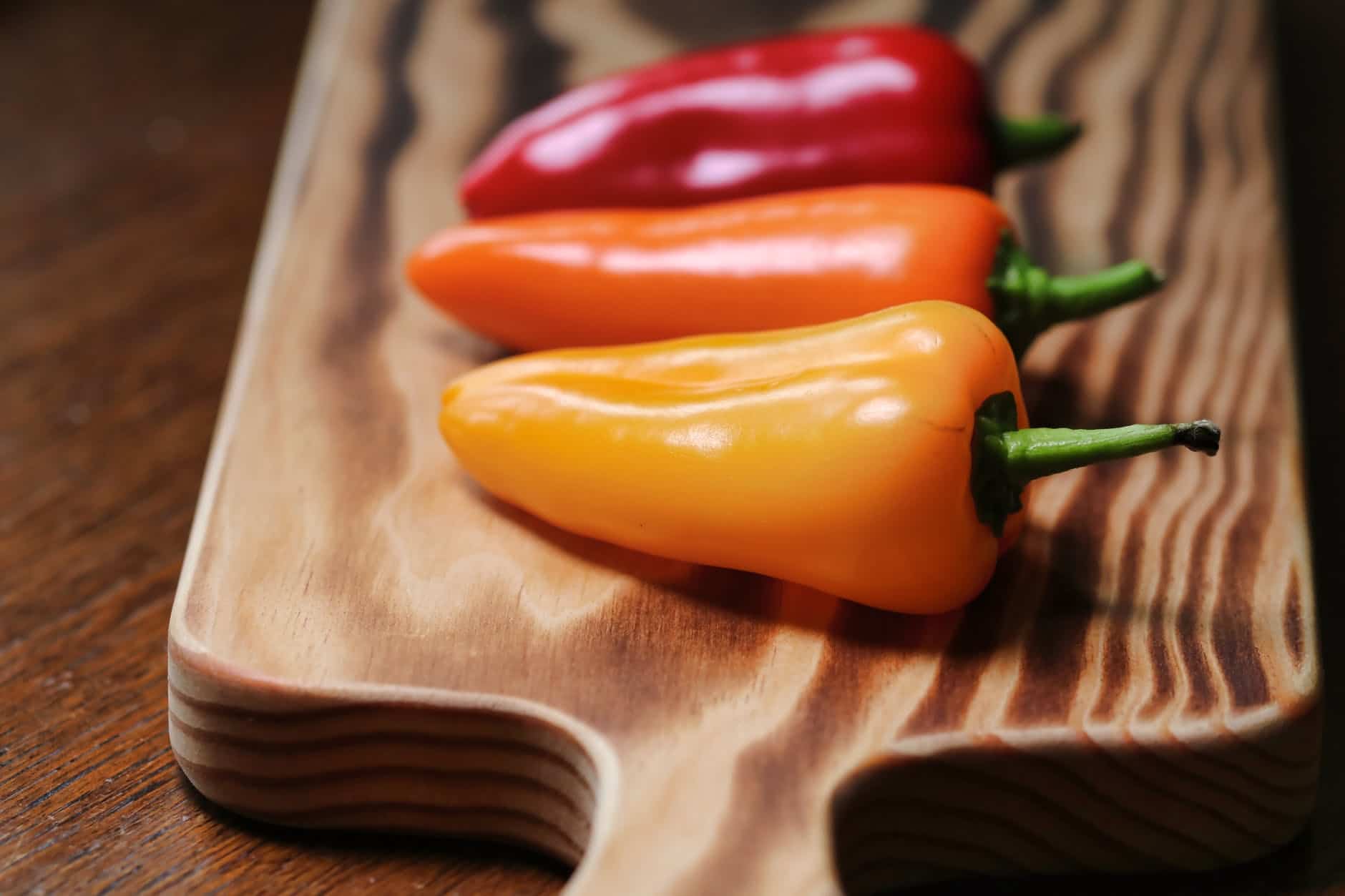
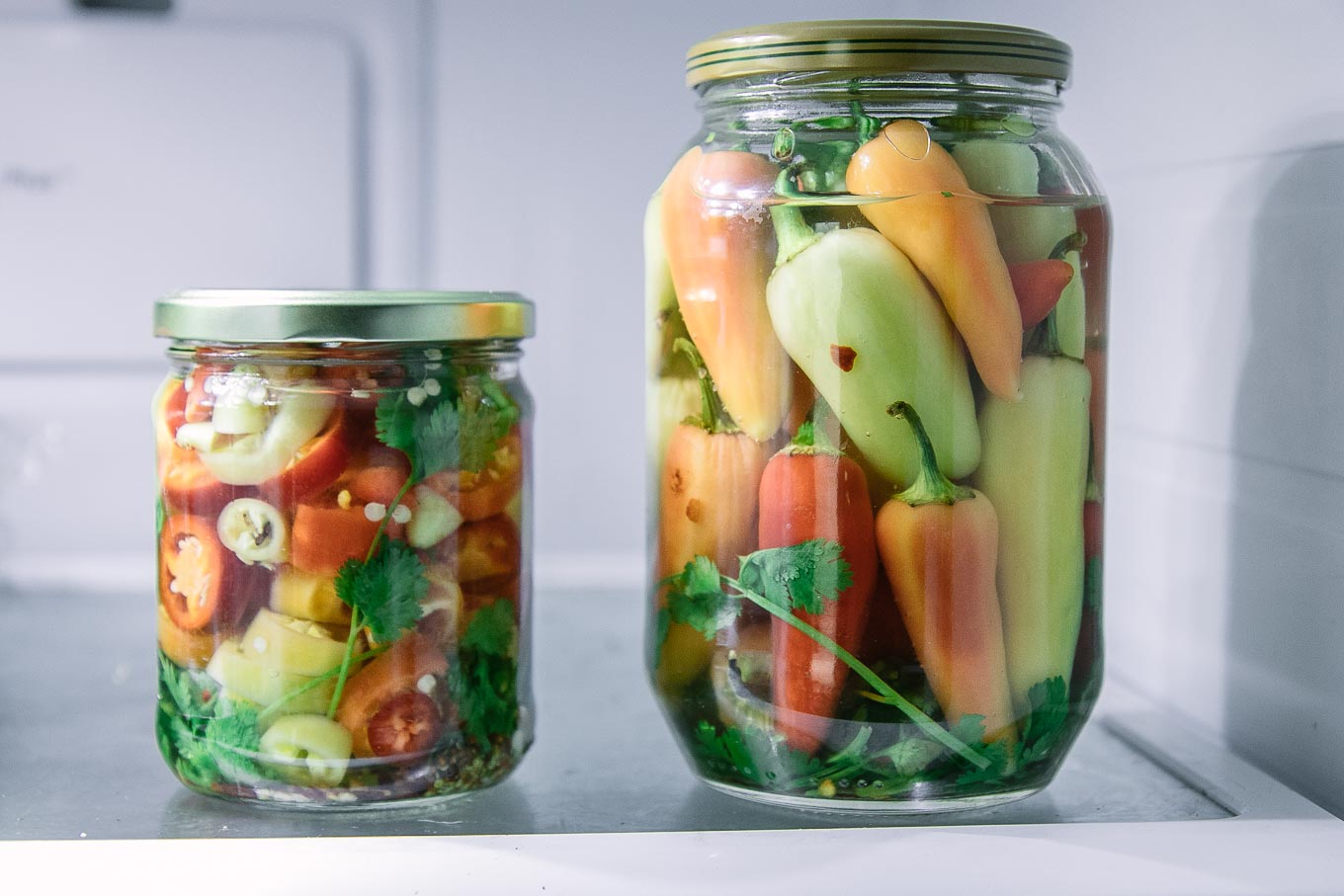
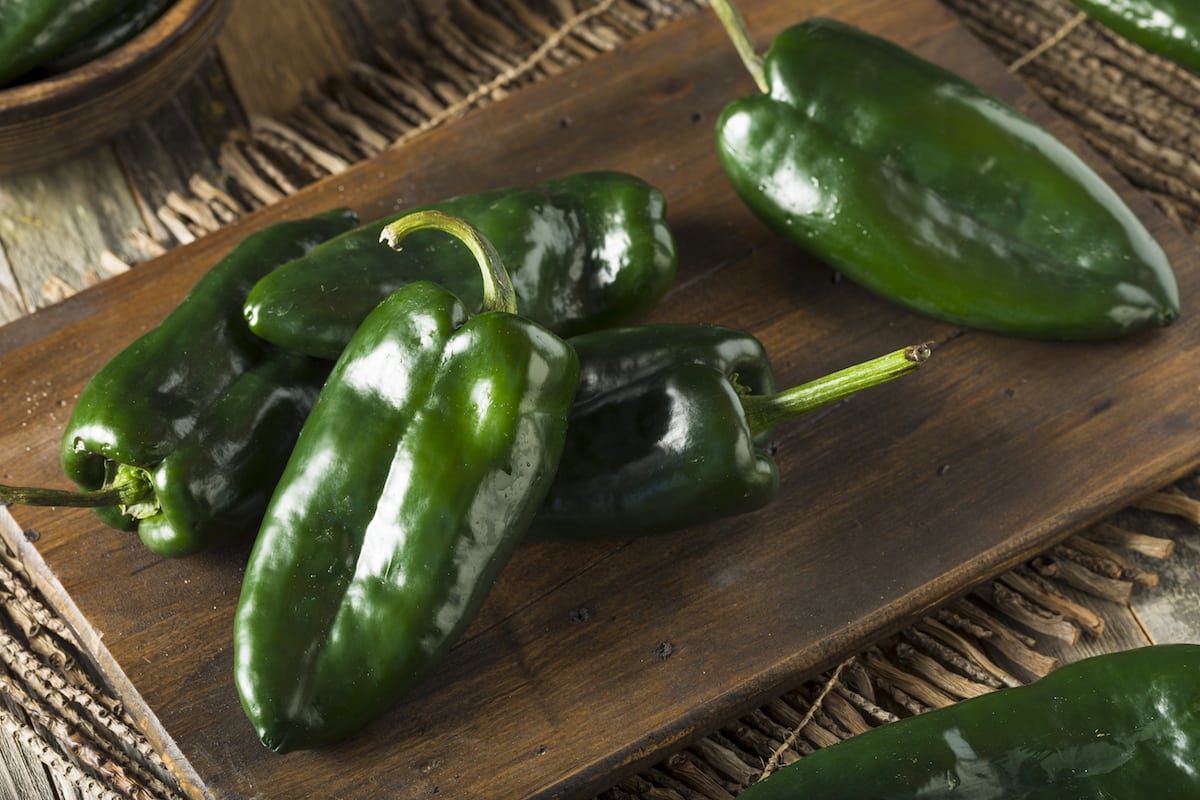
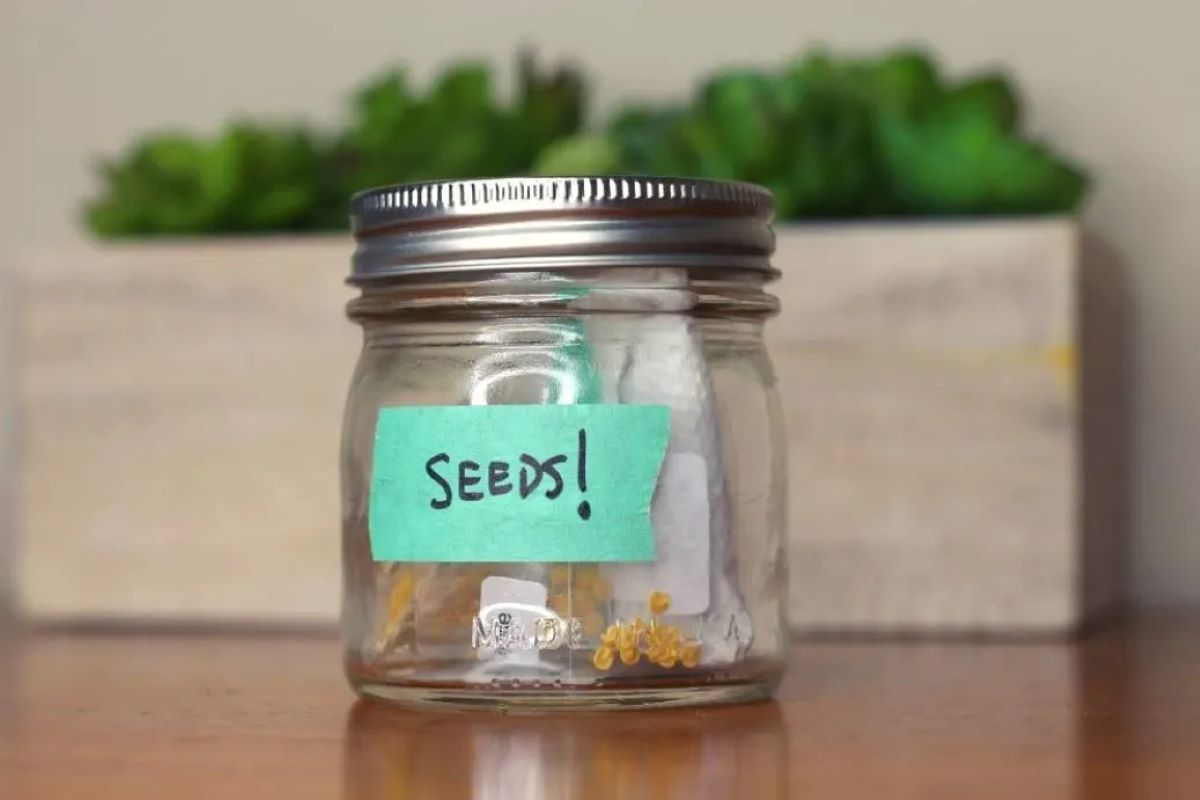
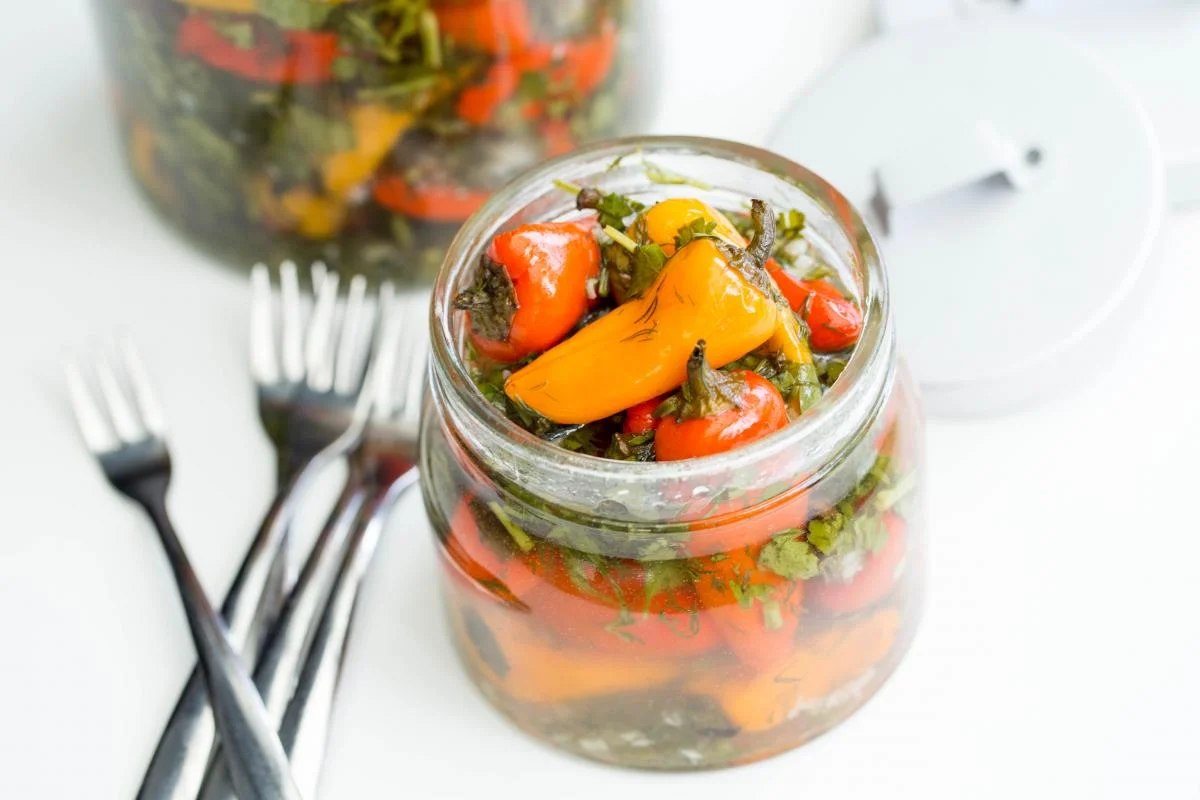
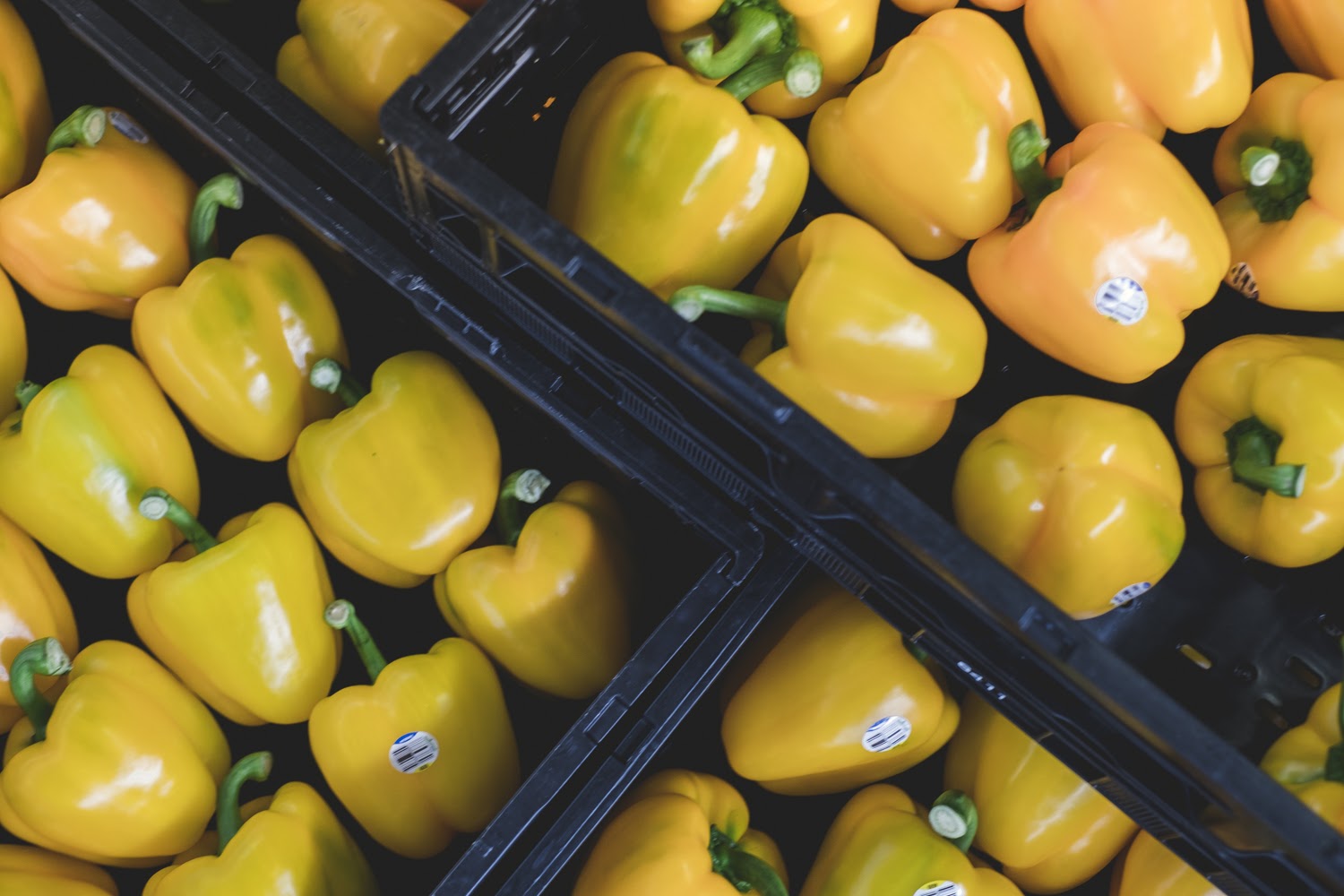
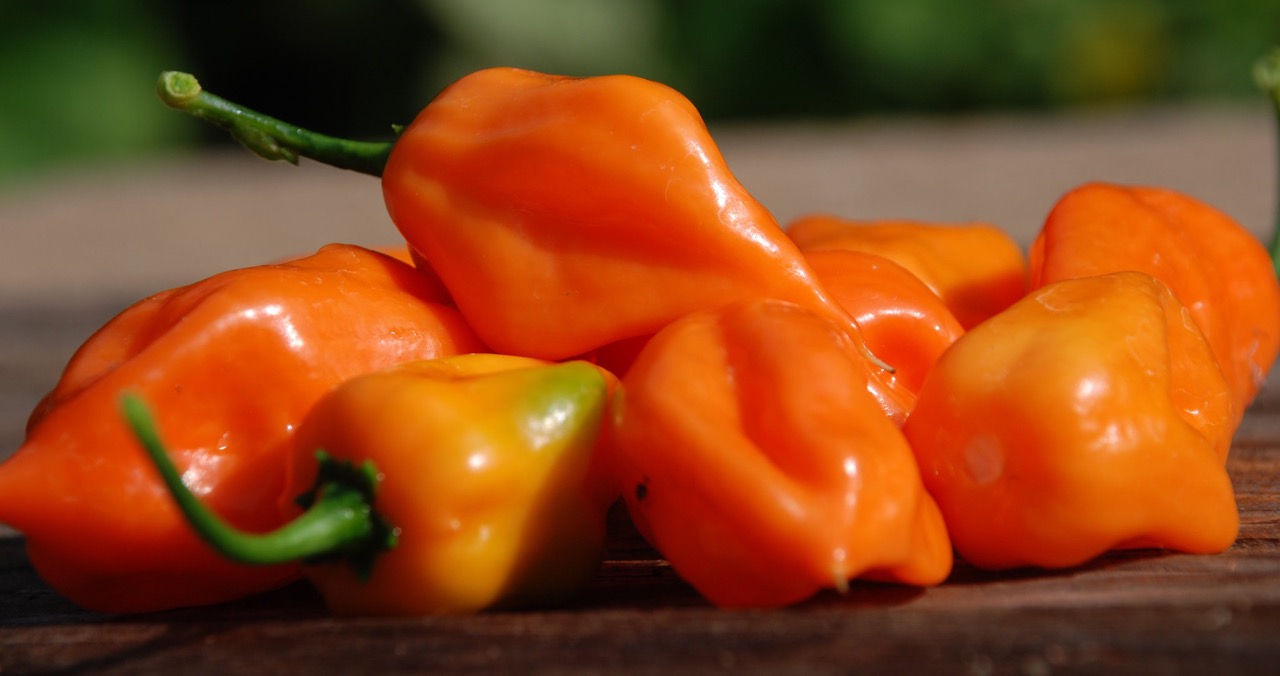
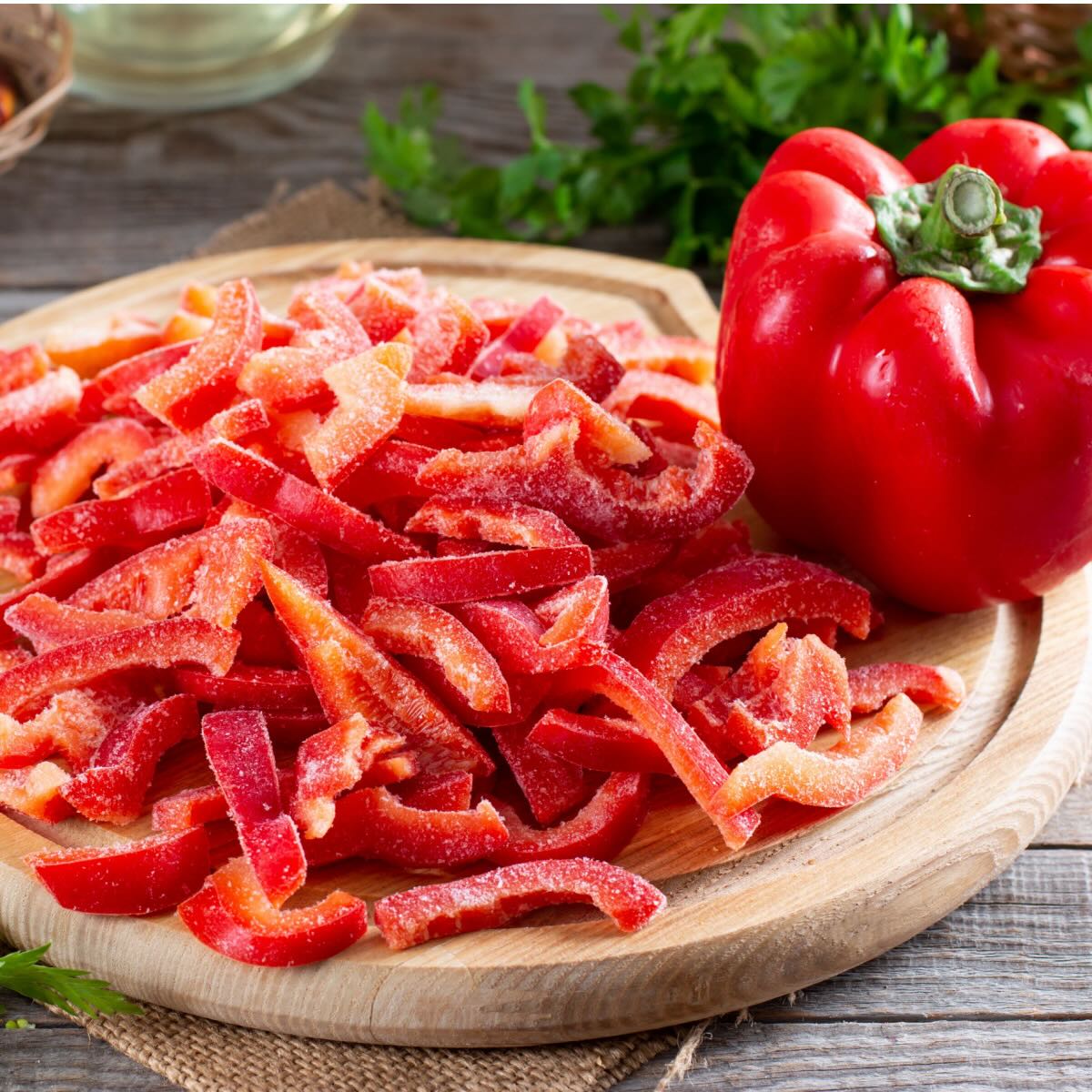
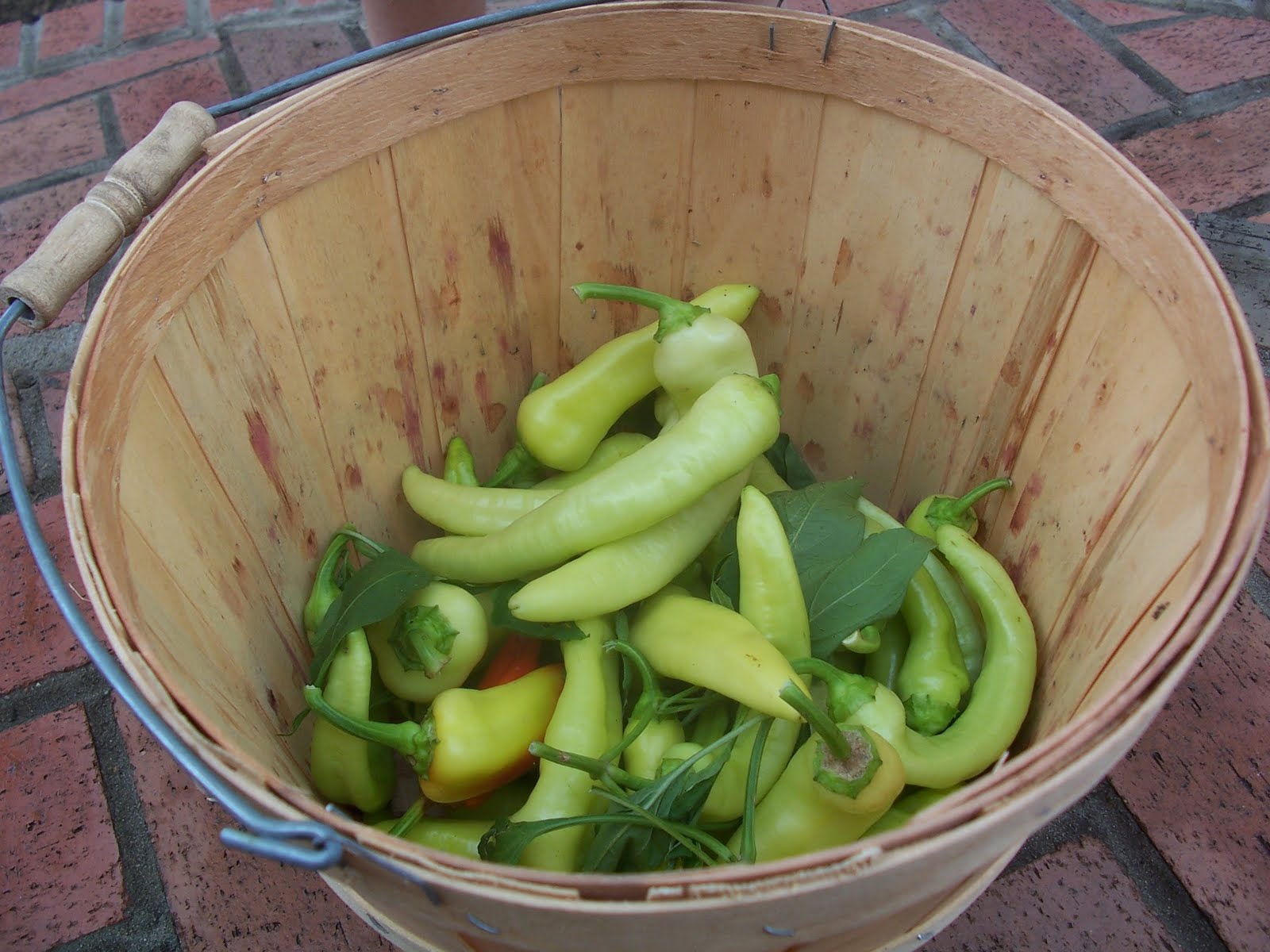

0 thoughts on “How To Store Green Pepper”